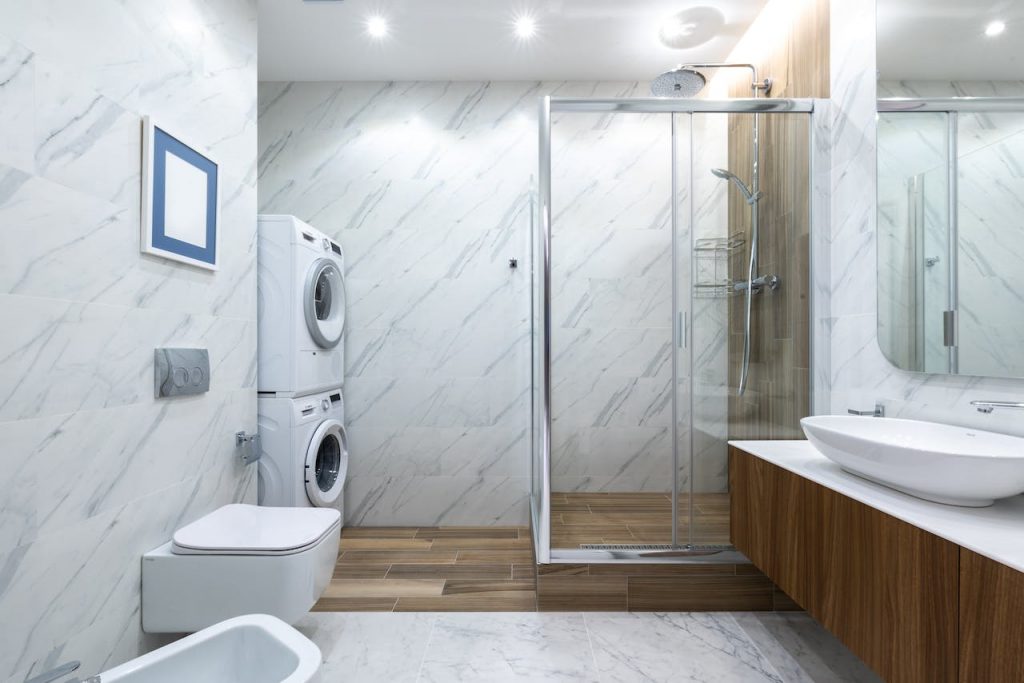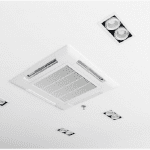
How to Installing a New Toilet
While it might probably be the most unsung appliance in a home, the toilet is probably one of the most critical as well. And that importance becomes known very quickly when it’s not working but is still needed. Toilets are a modern phenomenon that have realized their latest form with running water and plumbing.
While the design of toilets has been used for centuries, a flushing toilet is clearly a by-product of plumbed systems with water pressure. And, unlike the outhouses of the West, one doesn’t have to deal with cleaning things out either. That said, toilets are mechanical, and, over time, they start to wear down. That’s when it’s also time to replace a toilet.
Table of Content
Understanding How a Toilet Connects to Repair It
Almost all toilets available today come completely assembled. The primary body is a porcelain basin with a porcelain tank attached to it. A lid placed on top keeps the water in place and avoids evaporation, similar to ancient clay jars. The water source is fed into the tank with a hose that connects to the water line into the bathroom for the toilet, and the hose line has a shut-off valve for control. This whole assembly sits on a drain pipe entry with a wax seal to prevent water release and fumes or gas seepage.
The unit settles with weight and stays in place with screws anchored to the flooring. Inside the toilet, the water is kept in place until the release mechanism is pulled or pushed, and then the water drains into the basin and flushes the waste down the drain pipe the toilet is connected to. Understanding all these functional points of work helps with understanding how it needs to be repaired.
Installation & Replacement
The first step in any toilet installation is actually the disconnection and removal of the old unit. The only time that doesn’t happen is when the bathroom has just been built or the unit has been missing for an extended period, which is very rare.
Disconnecting starts initially with shutting off the water feed, flushing what remains, and disconnecting the hose feed. Once complete, the toilet is disconnected from its floor anchor, the lid is removed to reduce weight, and the unit is lifted and physically relocated out of the bathroom. With the space clear and cleaned up, it is now time to seat the new toilet in the same location.
Seating and connection are probably the simplest but easiest phases to make a mistake with a toilet installation. First, a new wax seal needs to be applied around the drain pipe. The toilet basin is then carefully placed on top, positioned, and tightened down.
If this seal is forgotten, waste will leak out underneath the toilet and floor. Next, with the basin and tank in place, the water feed is connected and tested. With the water flowing in and no leaks visible, the toilet can be flush tested and checked. Finally, the lid is placed, the toilet seat lid and similar are connected and finished, and the assembly is monitored to make sure nothing is missed.
The old toilet is removed and ready for removal to a city dump. Generally, old toilets are not recycled. The work is physical, and disposal typically requires a vehicle to carry the old unit to disposal.
Do It Yourself or Get a Pro?
While toilets can definitely be installed by a do-it-yourself type of homeowner, and many big box hardware stores recommend all that’s needed to do so, that doesn’t mean it’s always done right. And making a mistake on a toilet can be a messy, hard lesson.
With a professional plumber and new toilet installation services, all the physical work of the removal as well as the installation are handled by a professional. Every step is checked and confirmed to be done right, avoiding mistakes that a first-timer might overlook and learning through hard experience.
Finally, a professional plumber’s work is backed up with bonded protection in the rare situation where there is a mistake and related damage. This kind of protection isn’t available if a homeowner does the work himself or herself, and related water damage might not even be covered by a homeowner’s insurance if it was self-induced by the owner. Again, a professional plumber avoids these headaches before they happen.


